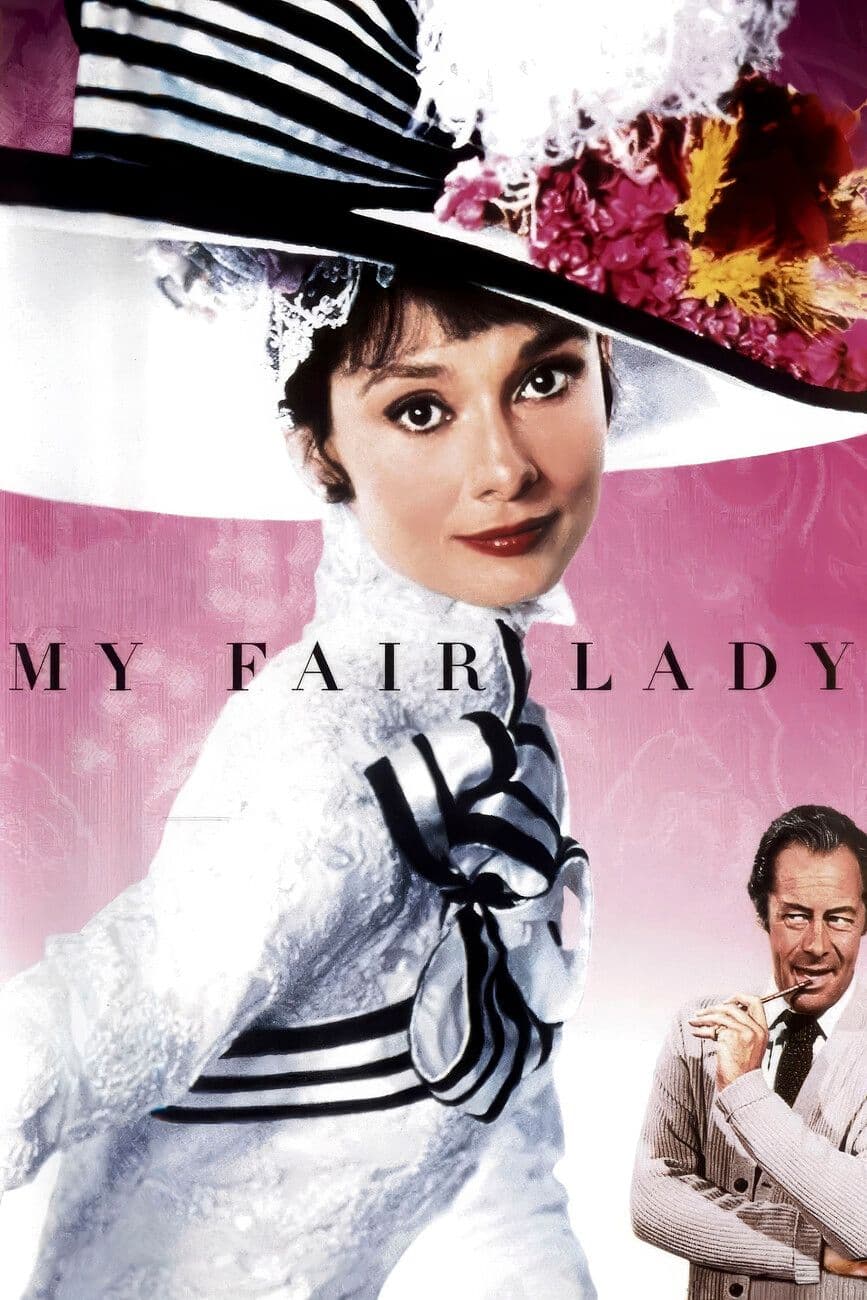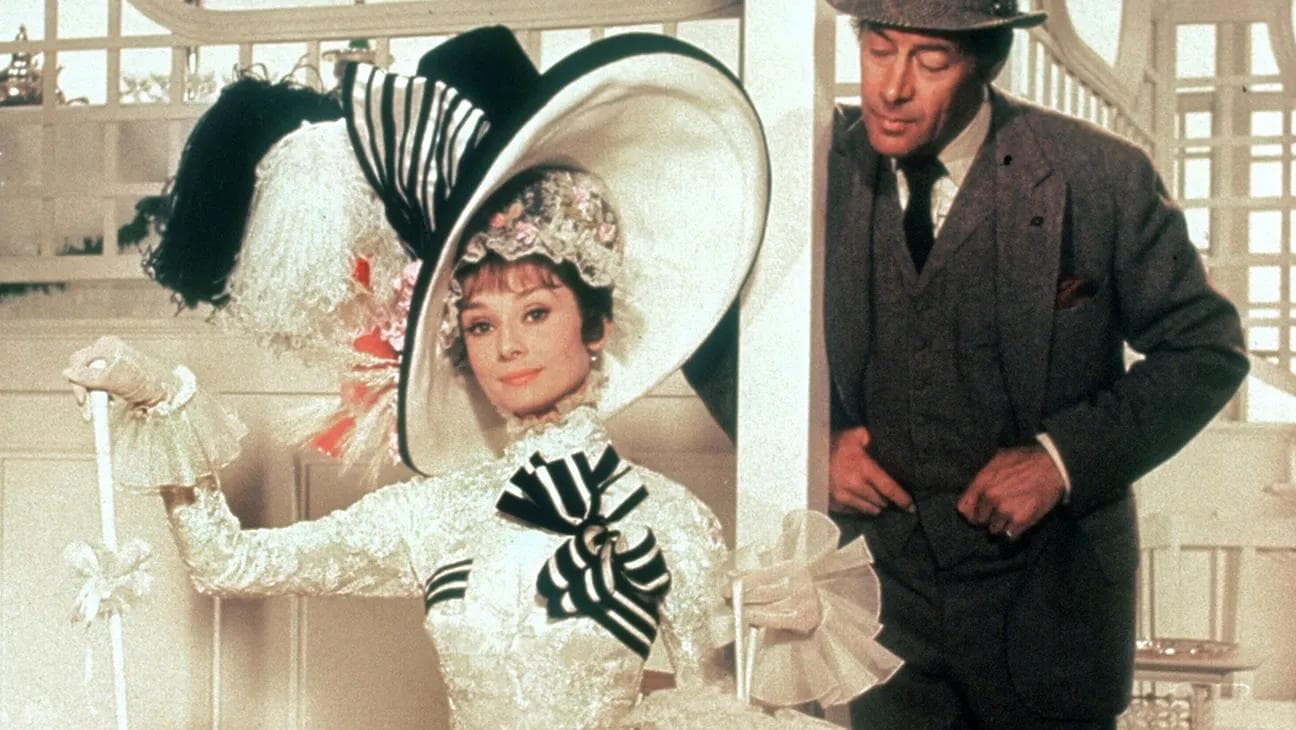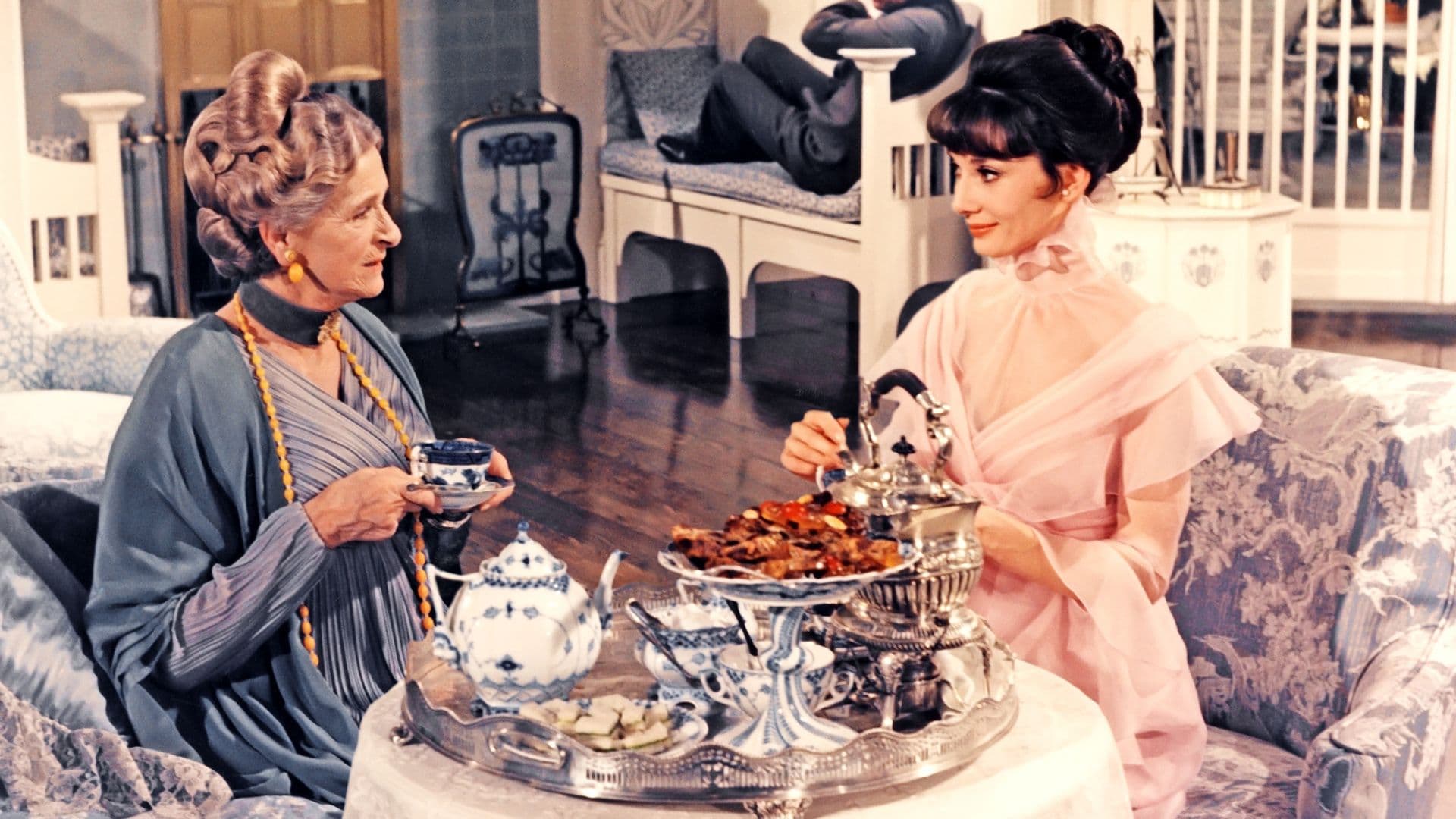
My Fair Lady
1964
Rate this movie
Average: 5.00 / 5
(1 votes)
Director
My Fair Lady is not simply a musical; it is an opulent and highly witty cinematic machine, a triumph of glitz and intelligence that takes the structure of romantic comedy and elevates it to a sophisticated investigation of class, language, and the battle of the sexes. Based on George Bernard Shaw's theatrical masterpiece Pygmalion, George Cukor's film is proof that you can be both lavish and profound, popular and intellectual. It is a work that dazzles the eye with its costumes and sets, but beneath the glossy surface lies the sharp prose and social criticism of one of the greatest playwrights of the English language.
The premise is the spark of an ancient myth updated to Edwardian England. Professor Henry Higgins, an arrogant and misanthropic phonetician, bets his colleague Colonel Pickering that he can transform a foul-mouthed Cockney flower girl, Eliza Doolittle, into a duchess presentable in high society, simply by teaching her to speak “properly.” Higgins is a modern Pygmalion, a sculptor of sound who sees Eliza not as a person but as raw material, a block of linguistic marble to be chiseled into his own image and likeness. His presumption is that he can create a “new woman” by erasing her origins and identity through the imposition of his will and his science alone.
In this, Cukor confronts the great myth of the ‘noble savage’, an idea that has permeated Western culture from Rousseau to Truffaut's L'Enfant Sauvage. Eliza, at the beginning, is just that: a creature of the people, uncorrupted by the hypocrisy of high society, endowed with a brutal vitality and honesty that both fascinate and disgust Higgins' rigid and staid world. But Cukor, a man of rare intelligence and finesse, sublimates this archetype with his unparalleled artistry. His film is not simply a tale of the civilizing of a primitive. The transformation is a two-way street. While Higgins teaches Eliza to speak, Eliza, with her resilience, anger, and growing awareness, teaches Higgins to feel. His creature rebels against him, reproaching him for his cruelty and emotional poverty, proving that possessing a perfect vocabulary does not mean having a soul. Unlike Truffaut's tragic Victor, who remains forever suspended between two worlds, Eliza manages to transcend both her origins and her creator, forging a new identity that is a synthesis of both experiences. This is Cukor's solution: true nobility lies neither in the state of nature nor in civilization, but in the ability to integrate intelligence and feeling.
My Fair Lady arrived at a time when the golden age of Hollywood musicals was beginning to fade. With a colossal budget and boundless ambition, the film was a statement of intent: musicals could still be the king of entertainment, but they could also be great art. Its revolution was one of integration and dramatic seriousness. Cukor, a master at directing actors and adapting complex texts, treats Lerner and Loewe's material not as an excuse for musical numbers, but as a natural extension of Shaw's caustic prose. The songs do not interrupt the story, they are the story. “The Rain in Spain” is not just an exercise in diction, it is the exhilarating moment of psychological liberation. “I've Grown Accustomed to Her Face” is not a love song, it is the monologue of a man who realizes too late that he has fallen in love. The visual climax of this fusion of art and entertainment is the legendary Ascot horse racing sequence, curated by Cecil Beaton. With its almost sculptural black-and-white costumes and rigidly choreographed movements, the scene is not only a triumph of design, but a fierce satire on the vacuity and absurdity of high society.
And at the center of it all is Audrey Hepburn, an unattainable diva, an ethereal icon of a type of glamorous and sophisticated cinema. Her casting was notoriously controversial, stealing the role from Julie Andrews, who had originated it on Broadway. Yet despite her singing voice being almost entirely dubbed by Marni Nixon, her performance is a miracle of transformation. Her initial Eliza, dirty, awkward, and almost feral, is as convincing as her final version, a model of elegance and poise. Cukor exploits the Hepburn icon brilliantly: the audience already knows that beneath that mask of grime lies the epitome of grace, and this makes the transformation process even more cathartic and satisfying. Her performance is a testament to her intelligence as an actress, capable of embodying the vulnerability, anger, and determination of a woman struggling not only to learn to speak, but to find her own voice. In this film, Audrey Hepburn does not just play Eliza Doolittle; she plays the very power of cinema to create beauty and transform reality. And for this, along with everything else, My Fair Lady remains a work whose perfection, wit, and magnificence are simply indisputable.
Country
Gallery








Featured Videos
Trailer
Comments
Loading comments...